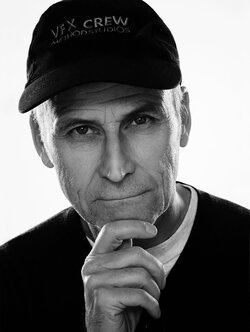A look back at the ASC International Cinematography Summit at which the AFC was represented
By Pascal Lebègue, AFC27 associations were represented at this event : Germany, Armenia, Australia, Austria, Brazil, Chili, Colombia, South Korea, Estonia, Finland, France, Great Britain, Hungary, Italy, Japan, North Macedonia, Mexico, New Zealand, Philippines, Poland, Romania, Slovakia, Sweden, Turkey, Uganda, Ukraine and Vietnam.
The AFC was represented by Denis Lenoir (the first two days) and myself, although unfortunately I was not 100% available that week. It is regrettable that no one made the journey from France, and in so doing, demonstrating the vitality of our association.
I found the program less full than in prior years, but this had the advantage of leaving more opportunities for discussions and networking, which made this summit one of the friendliest ones I have ever attended.
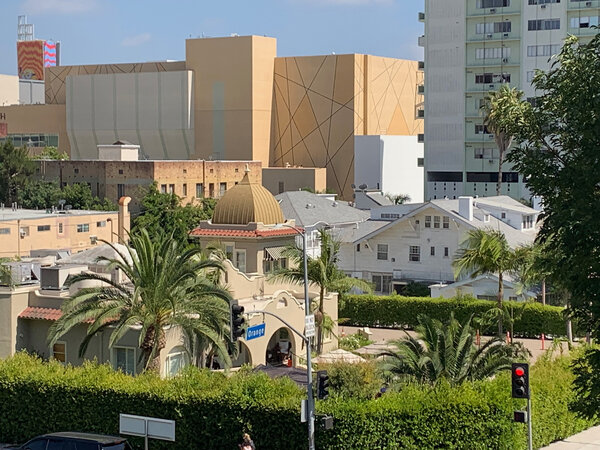
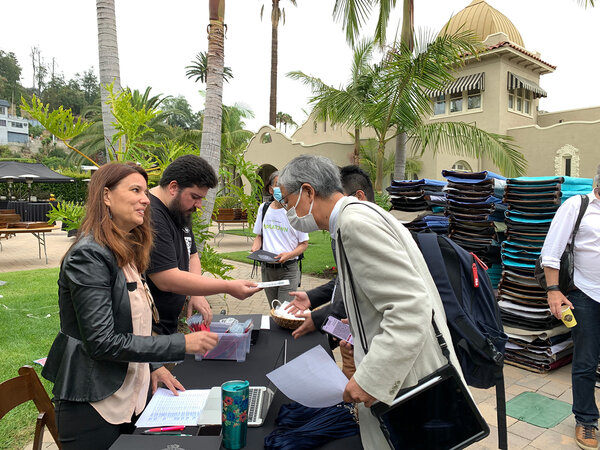
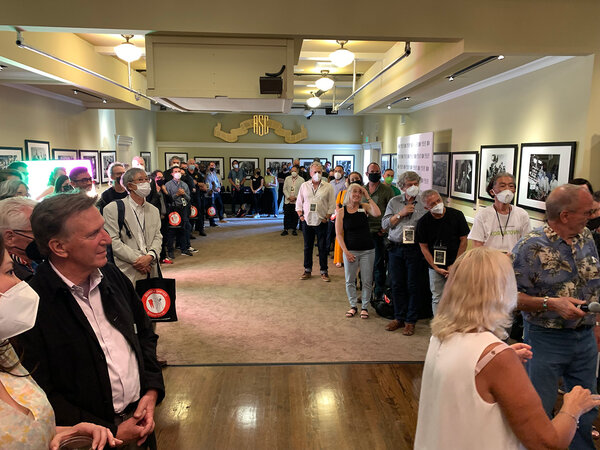
After the traditional breakfast outside in front of the Clubhouse, the first morning was dedicated to presentations. This session was presided by Stephen Lighthill, current president of the ASC, and was hosted by Delphine Figueras, Patty Armacost, and Alex Lopez.
Many associations presented their “Society Reel”, but the AFC stood out because of its absence, which is an omission we ought to be careful not to repeat next time !
This was followed by the screening of “Halo”, a Paramount Plus production, with the presence of its cinematographer Karl Walter Lindelaub, ASC.
The sponsors of the event joined us for the opening dinner, al fresco in front of the Clubhouse, as is traditional.
The second morning was marked by the much-awaited screening of the AFC’s comparative lens tests at XR Studios (which recently set up shop in Kodak’s former space in Hollywood) under the supervision of Denis Lenoir. The lens tests, which were always blind tests, were expanded this year to include Full Frame lenses. This was a great effort, but it deserved even better logistics.
We then all crossed the street to attend the demonstration of Studios XR’s technical know-how in terms of giant and interactive LED screens, in what was until recently still the Hollywood Center Studio. Even though this is something from the field of event planning and VR, one realizes how great are the possibility it holds for cinema, provided one has the budget, of course. The floor was also made of LEDs, it can be filmed and the perspectives can be constantly corrected (live).
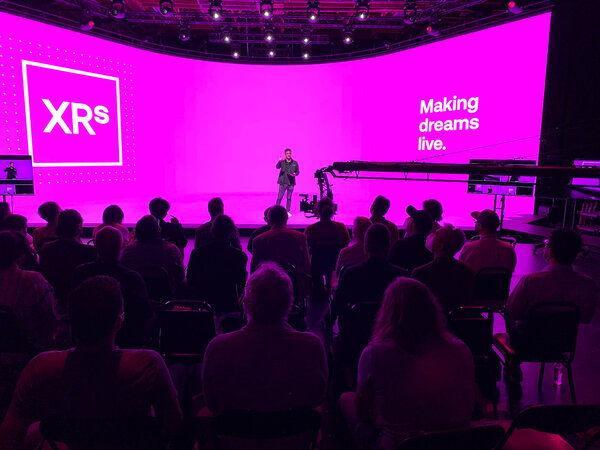
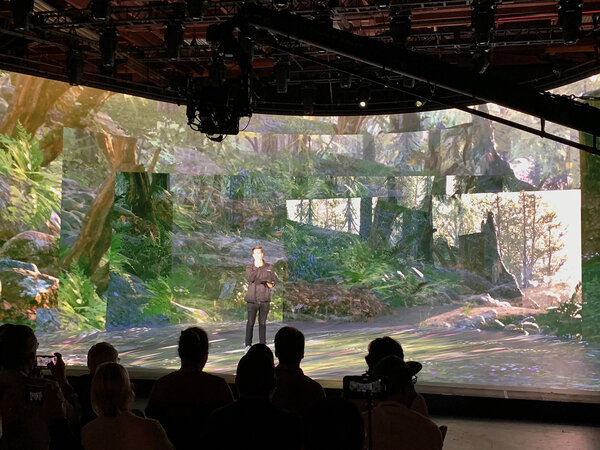
I was not able to attend the visit of the Netflix Innovation Center in the afternoon, which, according to my colleagues from different countries, was remarkable and very instructive.
On the third day of the summit, we were invited to the Sony Digital Media Production Center.
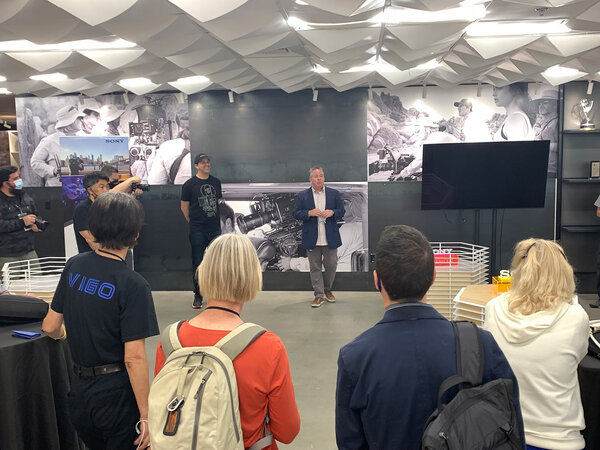
During this visit, two or three groups formed, and they visited each of the three main points of interest in turn : the LED wall for 2D workflow, a screening of Sony’s demonstrations and comparative tests, and lastly, the entirely-Bluetooth studio for controlling the Venice 2 in HDR or not (top-of-the-line equipment).
I was already familiar with the studio because I had been invited to visit it with the New York Film Academy, so it wasn’t a great surprise for me, but it is definitely a wonderful tool !
The masterclass directed by Sam Nicholson, ASC, was particularly instructive, however.
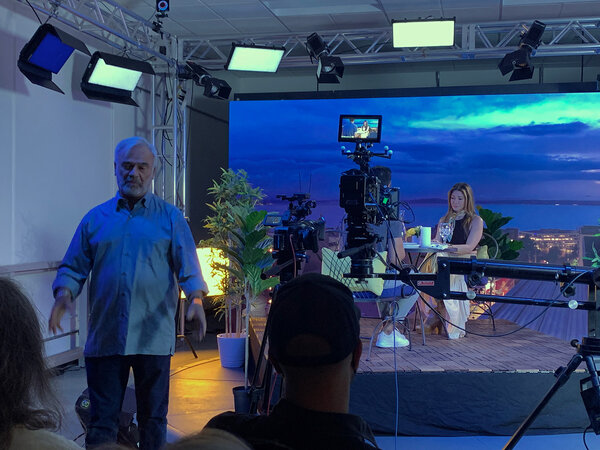
At the masterclass, the use of a 16’ x 9’ (approx. 5m x 2.75m) LED wall as a background was demonstrated, with actors on a rotating set. It was all controlled in real time, and going from shot to reverse shot can be done in just a few minutes if you stick to the default lighting settings. The plates were shot with a 5-camera "rig" that covered 180° horizontally without distortion. Their quality determines the result, as on an old-fashioned retro-projection. The only thing left to manage is the loss of focus in function of the size of the shot, the focal length used, and the lighting conditions on the scene.
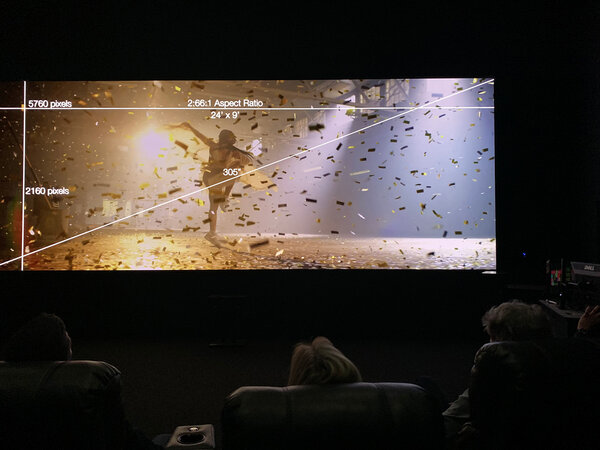
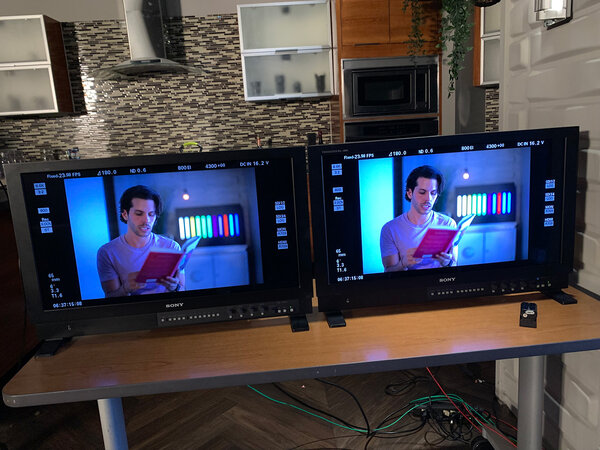
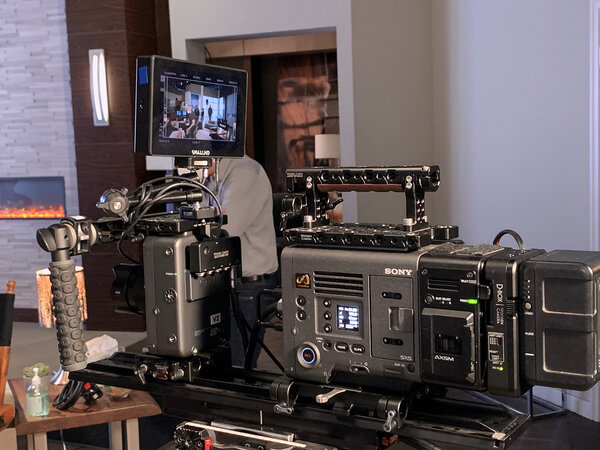
I was unable to attend "Art of Color" that afternoon at Harbor Studios in Santa Monica, a company specialized in digital color grading.
Thursday, the 4th day of this adventure, was dedicated in the morning to the screening of The Tragedy of Macbeth at the Dolby screening room on Hollywood Boulevard.
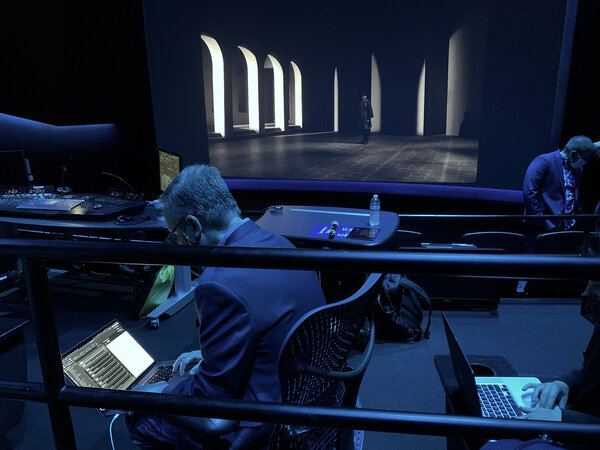
Peter Doyle, video colorist, was present in the room and Bruno Delbonnel attended virtually. I’ll say that the Dolby Vision experience was really worth the detour : a dual laser system, a contrast ratio superior to 1,000,000:1, levels in both highlights and black that are unique amongst any cinema projection system, and no light remained turned on during the screening !
Peter Doyle discussed with us how necessary it is to have a color grading system that leaves room for "accidents", windows, even imperfections. In short, an "organic" color grading, that slightly contradicts what was visible on screen. The question of whether one should color grade specifically for a given type of distribution was also asked. It seems that one does not grade in the same way – at least not in the ideal – for Dolby Vision as for streaming or mass-market distribution.
Bruno Delbonnel, camping out in a little insert at the top of the screen, gave a long talk about rhythm in lighting. Perhaps the audience we were, composed solely of experienced cinematographers, would have preferred to discuss more practical considerations having to do with the creation of the remarkable black-and-white image on The Tragedy of Macbeth…
The traditional visit to Panavision, planned for the afternoon, was canceled, as two members of our group had tested positive the day prior. Regrettable ! The last day of the summit took place entirely at the Clubhouse.
Armando Salas, ASC, joined by Aaron Picot, his DIT, presented us extracts from his work on the series "Griselda" (Netflix), commenting on the "on-set HDR workflow" used, a technique that he had already used on "Ozark" and "Raising Dion".
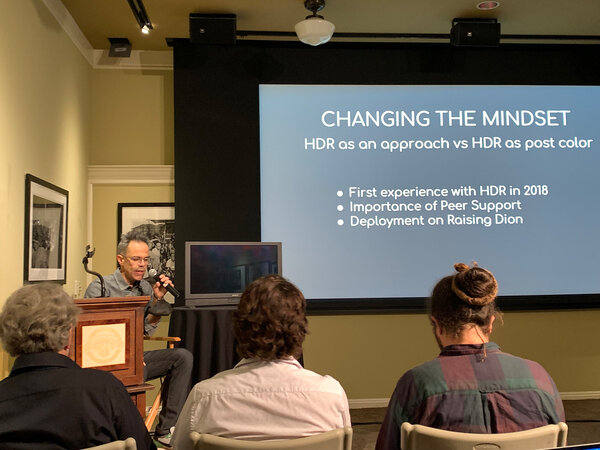
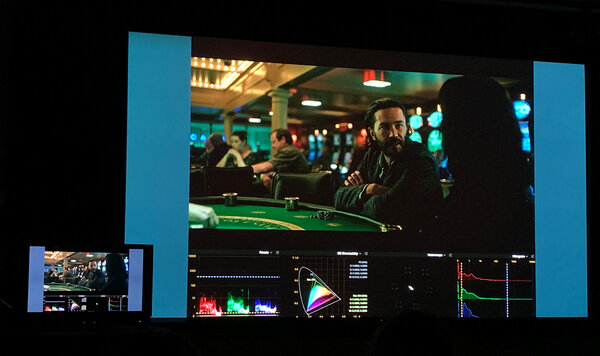
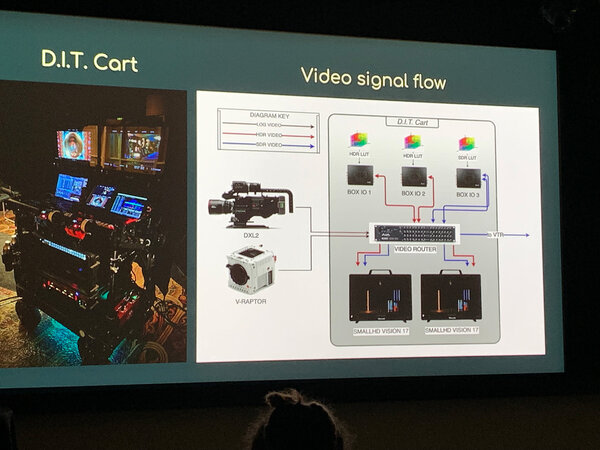
This was followed by a presentation by each of the following committees : ASC Vision Committee, Mentorship and Future Practices, with the participation of Imago and the ACS. The progress made by each of the committees was presented to us, as well as the road that remains to be traveled.
Elen Lotman, ESC, then made the presentation she made four years ago about her PhD on "methods used in the creative process in cinematography."
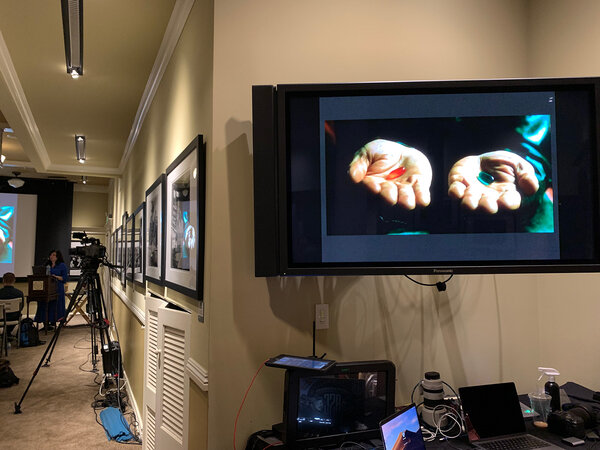
An ASC Clubhouse Conversation followed, accompanied by the screening of "Outer Range". DoP Drew Daniels, director Lawrence Trillig, and actor Josh Brolin, were in attendance.
Finally, dinner in front of the Clubhouse was a worthy ending to the 2022 ICS, the first, and a great success, of the post-Covid period !
All the photos illustrating this article were taken by Pascal Lebègue.
 En
En Fr
Fr
